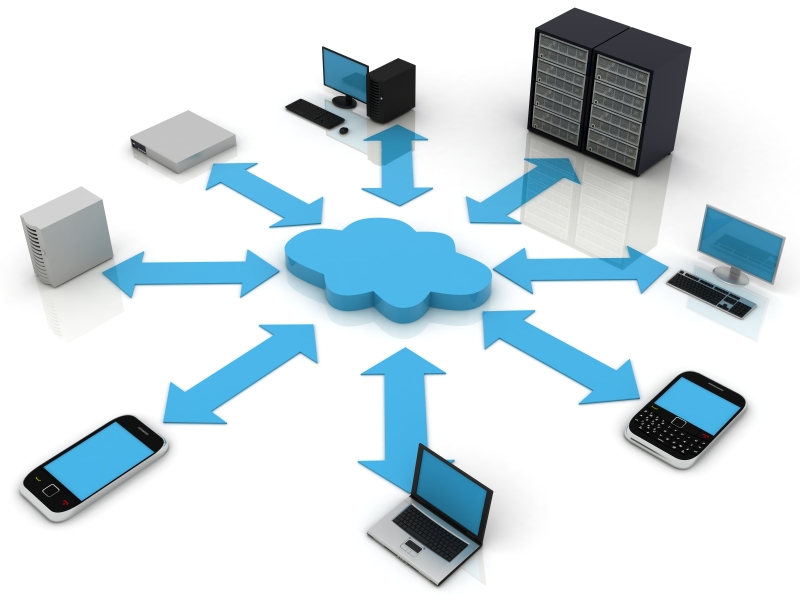Cloud Computing Concepts
According to NIST, for a service to qualify as cloud it must have all of the following characteristics:
On-demand self-service.
A consumer can unilaterally provision computing capabilities, such as server time and network storage, as needed automatically without requiring human interaction with each service provider.
Broad network access.
Capabilities are available over the network and accessed through standard mechanisms that promote use by heterogeneous thin or thick client platforms (e.g., mobile phones, tablets, laptops, and workstations).
Resource pooling.
The provider’s computing resources are pooled to serve multiple consumers using a multi-tenant model, with different physical and virtual resources dynamically assigned and reassigned according to consumer demand.
Rapid elasticity.
Capabilities can be elastically provisioned and released, in some cases automatically, to scale rapidly outward and inward commensurate with demand. To the consumer, the capabilities available for provisioning often appear unlimited and can be appropriated in any quantity at any time.
Measured service.
Cloud IT systems automatically control and optimize resource use by leveraging a metering capability at some level of abstraction appropriate to the type of service (e.g., storage, processing, bandwidth, and active user accounts). Resource usage can be monitored, controlled, and reported, providing transparency for both the provider and consumer of the utilized service.

Software as a Service
Within the framework of cloud computing, there are a number of provider categories. entrustIT is a “Software as a Service” (SaaS) provider
In the SaaS model, cloud IT providers install and operate application software in the cloud and cloud users access the software from cloud clients. Cloud users do not manage the cloud infrastructure and platform where the application runs. This eliminates the need to install and run the application on the your own computers, which simplifies maintenance and support. Cloud IT applications are different from other applications in their scalability—which can be achieved by cloning tasks onto multiple virtual machines at run-time to meet changing work demand. Load balancers distribute the work over the set of virtual machines. This process is transparent to the cloud user, who sees only a single access point. To accommodate a large number of cloud users, cloud applications can be multitenant, that is, any machine serves more than one cloud user organization.
The pricing model for SaaS applications is typically a monthly or yearly flat fee per user, so price is scalable and adjustable if users are added or removed at any point.
SaaS allows an organisation to reduce IT operational costs by outsourcing hardware and software maintenance and support to the cloud provider. This enables an organisation to reallocate IT operations costs away from hardware/software spending and personnel expenses, towards meeting other goals. In addition, with applications hosted centrally, updates can be released without the need for users to install new software.
